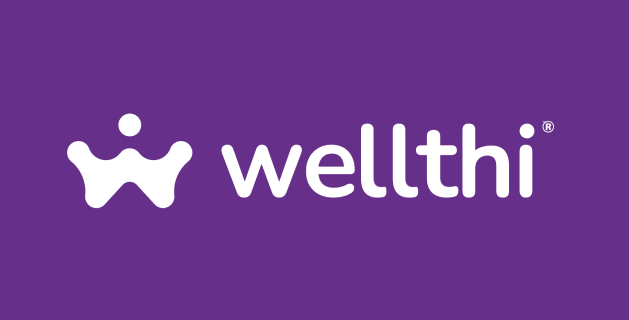It’s time to check in on your progress and ensure you’re taking care of your future self. Today, we’ll discuss an essential concept in personal finance: paying yourself first. This approach empowers you to prioritize your financial goals and secure a brighter future. We all have financial goals and dreams we want to achieve, but sometimes it’s easy to get caught up in the hustle and bustle of everyday life and forget to prioritize ourselves. Today, let’s dive into why paying yourself first is a game-changer for your financial well-being.
What does it mean to pay yourself first? Well, it’s a simple concept that involves saving or investing a portion of your income before allocating funds to other expenses. By making yourself a financial priority, you’re putting your long-term goals and future self at the forefront. It’s like giving yourself a high-five for being awesome and setting yourself up for success!
So why is paying yourself first so crucial? Here’s the deal:
- Building an emergency fund: Life can throw unexpected curveballs our way, like car repairs, medical bills, or unexpected job loss. By paying yourself first, you create a safety net to handle these surprises without dipping into your savings or going into debt. Aim to save at least three to six months’ worth of living expenses in your emergency fund.
- Reaching your dreams: Whether it’s buying a home, starting your own business, or traveling the world, paying yourself first helps you make progress towards your aspirations. By consistently saving and investing, you’re putting your money to work and growing your wealth over time. It’s like having your own personal cheerleader, supporting you as you strive for your dreams.
- Financial freedom: When you pay yourself first, you take control of your money instead of letting it control you. It’s empowering! By prioritizing saving and investing, you’re gradually reducing the stress of living paycheck to paycheck and creating a sense of financial security. Imagine the freedom of having options and the ability to make choices based on what truly matters to you.
Now, you might be wondering, “How can I pay myself first?”
Start by setting up automatic transfers from your paycheck to a separate savings or investment account. Treat it as a non-negotiable expense, just like paying your rent or utility bills. Aim to save at least 20% of your income, but start with a realistic percentage that aligns with your current financial situation. As you progress, gradually increase the amount you save.
Additionally, take a close look at your spending habits. Are there areas where you can cut back to allocate more towards your personal savings? Consider reevaluating your subscriptions, eating out less, or finding creative ways to save money without sacrificing the things you love.
Remember, you don’t have to embark on this financial journey alone. With the Wellthi app, you can connect with friends who share similar financial goals and support each other along the way. Together, you can celebrate milestones, share money-saving tips, and motivate one another to stay on track.
As we wrap up our discussion, always remember that paying yourself first isn’t selfish; it’s a smart and empowering financial choice. By making yourself a financial priority, you’re setting the stage for a brighter future filled with opportunities and financial security.
So, did you pay yourself first this month? If not, now is the perfect time to start. Let’s make a promise to ourselves today and embrace the financial freedom and peace of mind that come with paying ourselves first. Trust me, your future self will thank you.
Stay motivated, stay wellthi! 💪💰





